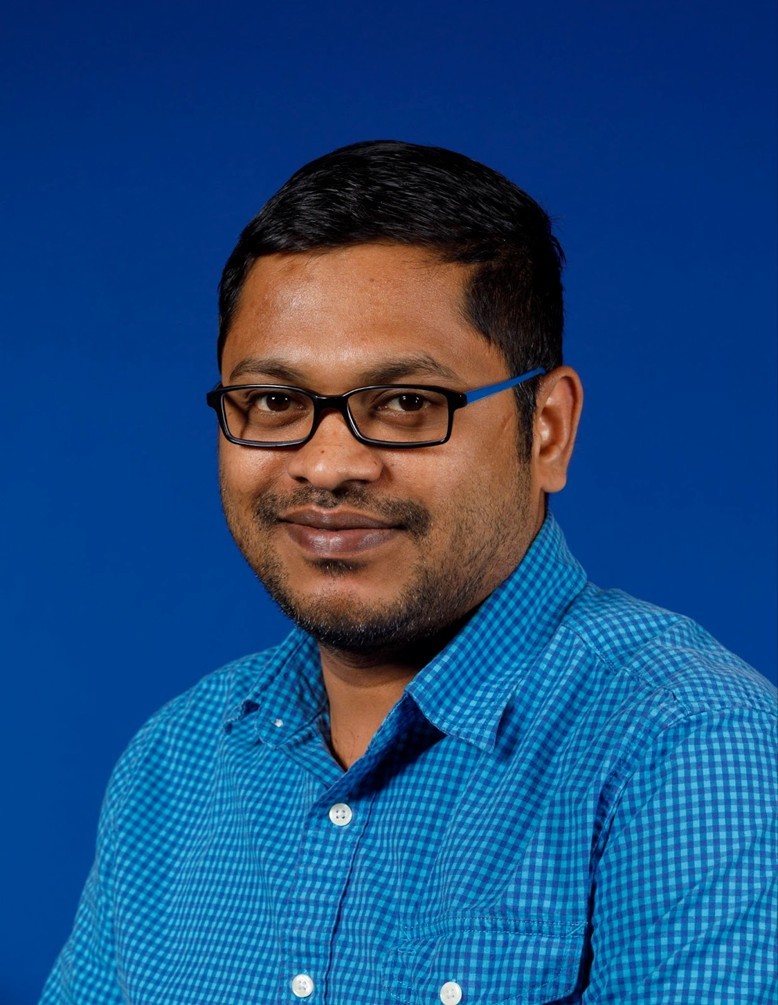
"In healthcare, the stakes are higher than ever. Protecting sensitive patient data requires compliance and systems that can adapt to emerging threats in real time," says Narasimha Rao Alugoju, a cybersecurity architect whose work has improved endpoint security frameworks in the healthcare sector. His insights reflect the urgency of safeguarding medical networks in an era where cyberattacks are increasingly sophisticated, and data breaches can have life-threatening consequences.
Narasimha Rao Alugoju's contributions to healthcare cybersecurity come at a pivotal moment. With global spending on healthcare IT projected to exceed $500 billion by 2025, driven by advancements in AI and cloud-based systems, the industry faces mounting pressure to secure its digital infrastructure against evolving threats. As ransomware attacks targeting hospitals and clinics surge—up by 300 percent since 2023—endpoint security has emerged as a critical line of defense.
The Healthcare Cybersecurity Crisis
The healthcare industry has long been a prime target for cybercriminals due to the sensitive nature of patient data and the reliance on interconnected systems. According to a 2024 report by Cybersecurity Ventures, healthcare will remain the most targeted industry for cyberattacks through 2030, with annual costs of breaches expected to surpass $10 billion globally.
Narasimha Rao Alugoju's work addresses these vulnerabilities head-on. His development of compliance-first endpoint security frameworks ensures that healthcare organizations meet regulatory standards like HIPAA and proactively mitigate risks. "Compliance is foundational, but it's not enough," he explains. "We need systems that can anticipate threats and respond before they escalate."
One of his most notable achievements is the enhancement of Microsoft Intune's capabilities for healthcare environments, enabling secure management of remote devices and hybrid workforces. These solutions have reduced endpoint vulnerabilities by 40 percent, setting a new benchmark for operational safety in the industry.
AI-Driven Threat Detection: A Game-Changer
Central to Narasimha Rao Alugoju's approach is the integration of artificial intelligence into cybersecurity frameworks. By leveraging predictive analytics, his systems can identify patterns indicative of potential breaches, enabling faster and more effective responses. This proactive methodology contrasts sharply with traditional reactive measures, which often leave organizations scrambling after an attack has occurred.
"AI allows us to stay ahead of adversaries," Narasimha Rao Alugoju notes. "It's not just about detecting threats—it's about preventing them." His AI-driven solutions have been particularly impactful in addressing ransomware attacks, which accounted for 70 percent of healthcare breaches in 2024, according to IBM's X-Force Threat Intelligence Index.
Critics, however, caution against over-reliance on AI in critical sectors like healthcare. Dr. Sarah Nguyen, a cybersecurity ethicist at Stanford University, warns, "While AI offers incredible capabilities, it's not infallible. Adversarial actors are developing methods to manipulate AI systems themselves, creating new vulnerabilities."
Narasimha Rao Alugoju acknowledges these concerns but emphasizes the importance of human oversight in AI-driven frameworks. "Technology is only part of the solution," he says. "We need skilled professionals who understand how to interpret and act on AI insights effectively."
Securing Trust Through Smarter Compliance
Regulatory compliance remains a cornerstone of Narasimha Rao Alugoju's work. In an industry governed by stringent laws like HIPAA and GDPR, ensuring adherence is non-negotiable—but it can also be a complex and resource-intensive process.
Alugoju's compliance-first approach simplifies the process by embedding regulatory controls directly into endpoint management systems. This strategy has helped healthcare organizations avoid costly penalties while maintaining strong defenses against cyber threats. According to a 2025 study by Deloitte, organizations adopting such integrated frameworks saw a 25 percent reduction in compliance-related costs compared to traditional methods.
"Compliance isn't just about avoiding fines—it's about building trust," Alugoju explains. "Patients need to know their data is safe, and that starts with robust security measures."
The Road Ahead: Preparing for 2030
As we look toward 2030, healthcare cybersecurity challenges will only intensify. Gartner predicts that over 80 percent of healthcare organizations will rely on AI-driven security solutions as standard practice by the end of the decade. This trend shows both the promise and complexity of integrating advanced technologies into critical systems.
Narasimha Rao Alugoju remains optimistic about the future but stresses the importance of adaptability. "The threat environment is constantly evolving," he says. "Our solutions need to evolve with it—staying static is not an option."
This adaptability is evident in his ongoing research on zero-trust security models, prioritizing continuous verification over traditional perimeter-based defenses. By implementing these models alongside AI-driven frameworks, Alugoju aims to create systems that are not only secure but resilient—capable of withstanding even the most sophisticated attacks.
New Tech, New Threats: Why Collaboration Matters
Despite significant progress, challenges remain. The rapid pace of technological advancement means that security measures must constantly be updated to address new vulnerabilities, a task that requires technical expertise and substantial resources.
"As we develop better defenses, adversaries are developing better ways to breach them," Narasimha RaoAlugoju acknowledges. His focus on collaboration—within organizations and across industries—reflects his belief that solving these challenges requires collective effort.
Protecting Patients, One System at a Time
As healthcare organizations navigate an increasingly complex digital terrain, professionals like Narasimha Rao Alugoju are crucial in ensuring patient safety and operational continuity. His contributions—from enhancing endpoint security frameworks to developing AI-driven threat detection systems—have set new standards for cybersecurity in one of the world's most vulnerable industries.
Reflecting on his journey, Narasimha Rao Alugoju remains committed to his mission: "Healthcare is about saving lives—and cybersecurity is integral to that mission. By protecting networks and data, we're protecting patients themselves."
In a world where digital threats loom large over critical sectors like healthcare, Alugoju's work serves as both a beacon of hope and a reminder of what's at stake. As we move toward 2030, his efforts will undoubtedly continue to shape the future of healthcare cybersecurity—and inspire others to follow in his footsteps.
ⓒ 2025 TECHTIMES.com All rights reserved. Do not reproduce without permission.




